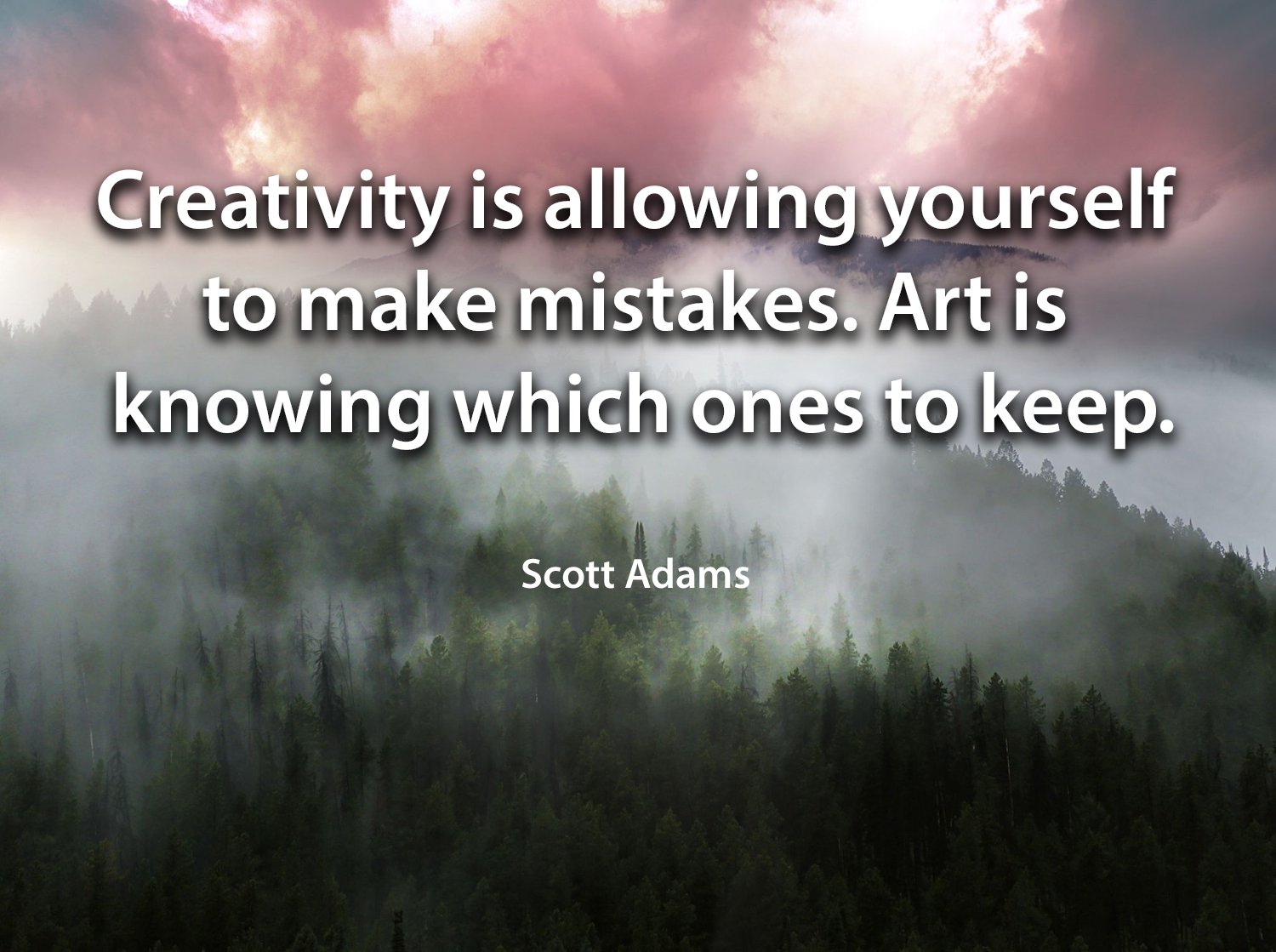As an artist today, it’s really easy for me to forget that whatever techniques I have come up with and whatever subject matter I choose to paint, I stand on the shoulders of uncountable artists before me. There is truly nothing new under the sun. Everything has its origins story. So much of my story has to do with art, so I wanted to think through the different periods of art and consider “where I’ve come from”.
I wanted to start with the Baroque period. The Baroque period in art, which lasted from the late 16th century to the early 18th century, was a time of big change and dramatic expression in Europe. It followed the Renaissance, picking up on its achievements but pushing them to new extremes. The style is known for its boldness, emotion, and movement, and it was shaped by major historical events like the Counter-Reformation, the rise of powerful monarchies, and the growing interest in science and exploration.
Baroque artists wanted to create works that made people feel something strong—whether it was awe, wonder, or intense emotion. They used dramatic contrasts of light and dark (called chiaroscuro), vivid colors, and dynamic compositions to bring their paintings, sculptures, and buildings to life. Unlike the calm and balanced art of the Renaissance, Baroque art often felt full of energy and drama, meant to catch the viewer’s attention and stir deep emotions.
Baroque artists wanted to create works that made people feel something strong
A major influence on Baroque art was the Catholic Church, especially during the Counter-Reformation. The Church wanted to inspire people’s faith and showcase its power in the face of the Protestant Reformation. To do this, they commissioned large, powerful works of art that depicted religious scenes with vivid realism. Artists like Caravaggio made Biblical stories feel immediate and relatable by using light to emphasize the emotion of a scene. Sculptors like Gian Lorenzo Bernini created works that invited viewers to step into the action, like his famous “Ecstasy of Saint Teresa,” which combines architecture and sculpture to create an immersive experience.
Baroque architecture also focused on grandeur and movement. Buildings like St. Peter’s Basilica in Rome, with its sweeping curves and lavish decorations, reflected the style’s emphasis on awe and splendor.
Artists like Rembrandt and Peter Paul Rubens brought the Baroque style to life in their own ways, using deep emotion and dramatic scenes to make their work stand out. Though the Baroque period eventually gave way to styles like Rococo and Neoclassicism, its influence on Western art remains strong, celebrated for its emotional depth and technical brilliance.
Ornate whispers call,
Motion spins through golden frames—
Grandeur fills the air.









